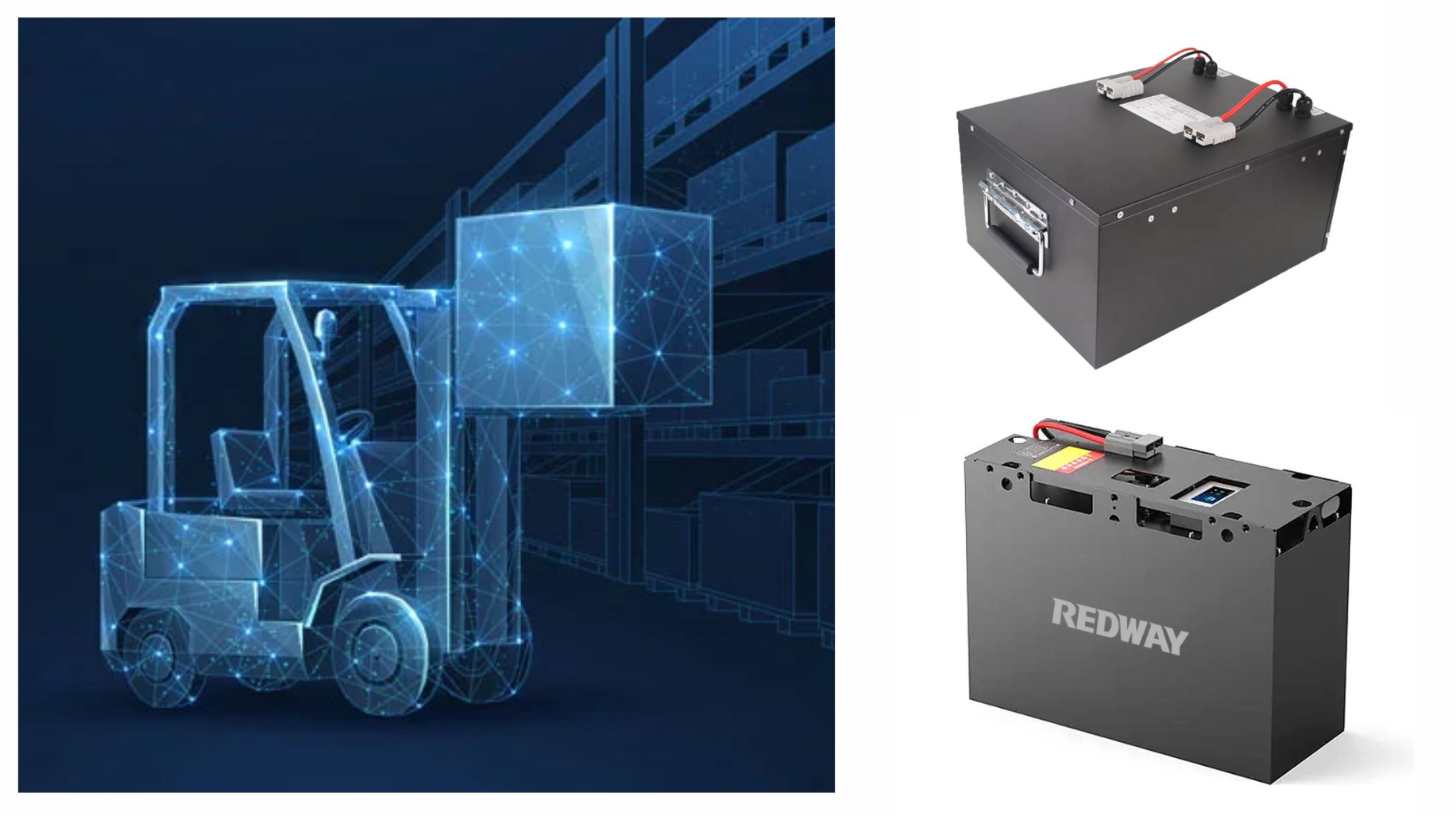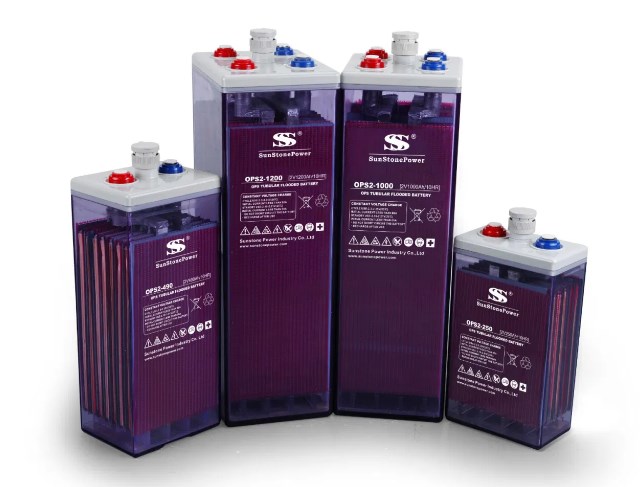In the realm of industrial operations, selecting the right forklift battery is crucial for ensuring efficiency, productivity, and cost-effectiveness. Forklift batteries come in various types, each with distinct characteristics, benefits, and maintenance needs. This detailed guide explores the primary types of forklift batteries, helping you make an informed decision for your business needs.
Forklift batteries primarily include lead-acid and lithium-ion (LiFePO4) types. Lead-acid batteries are traditional, cost-effective, and require regular maintenance. In contrast, LiFePO4 batteries offer longer lifespans, faster charging, and lower maintenance needs, making them increasingly popular for modern material handling.
1. Lead Acid Batteries
Description: Lead acid batteries, often referred to as wet cell batteries, are the most common type found in forklifts. They consist of lead plates submerged in a sulfuric acid and water solution.
Wholesale lithium golf cart batteries with 10-year life? Check here.
Lifespan: Typically, lead acid batteries last between 1,000 to 1,500 cycles, equating to about 3 to 5 years with proper care.
Maintenance: Regular maintenance is required, including frequent watering to maintain the electrolyte levels and ensure optimal performance.
Want OEM lithium forklift batteries at wholesale prices? Check here.
Advantages:
- Widely Available: Lead acid batteries are readily available and widely used in various industrial applications.
- Lower Initial Cost: They generally have a lower initial cost compared to newer technologies.
2. Lithium-Ion Batteries
Description: Lithium-ion batteries represent a newer technology that is rapidly gaining popularity in the forklift industry. They are compact, sealed, and do not require water maintenance.
Lifespan: These batteries have a longer lifespan, ranging from 2,000 to 3,000 cycles, or approximately 7 to 10 years.
Advantages:
- Maintenance-Free: Unlike lead acid batteries, lithium-ion batteries do not require regular watering.
- Quick Charging: They offer fast charging capabilities, reducing downtime.
- Reduced Risk of Spills: Sealed design minimizes the risk of acid spills or leaks.
3. Absorbed Glass Mat (AGM) Batteries
Description: AGM batteries use a specialized glass mat to hold the electrolyte, making them maintenance-free and less prone to spills.
Lifespan: The lifespan of AGM batteries is similar to lead acid batteries but can vary depending on usage and discharge cycles.
Advantages:
- Lower Maintenance: AGM batteries require less maintenance compared to traditional lead-acid batteries.
- No Spill Risk: The absorbed glass mat design prevents leaks and spills.
4. Tubular Plate Batteries
Description: Tubular plate batteries are designed for longer run times and can handle higher voltages under load compared to flat plate batteries.
Lifespan: These batteries generally have a shorter service life compared to standard flat plate batteries.
Advantages:
- Extended Run Times: Ideal for operations requiring prolonged battery life.
- High Voltage Capability: Suitable for high-demand applications.
5. Waterless Batteries
Description: Waterless batteries are designed to require less frequent watering, reducing maintenance efforts.
Advantages:
- Reduced Maintenance: Less frequent watering simplifies upkeep.
- Labor Cost Savings: Ideal for businesses aiming to lower labor costs associated with battery maintenance.
6. Thin Plate Pure Lead Batteries
Description: Thin plate pure lead batteries are a cost-effective alternative to lithium-ion batteries, offering some benefits of maintenance-free operation.
Advantages:
- Cost-Effective: A more affordable option compared to lithium-ion batteries.
- Maintenance-Free: Provides some of the convenience of maintenance-free operation.
Summary of Battery Types
| Battery Type | Lifespan (Cycles) | Maintenance Requirements | Key Advantages |
|---|---|---|---|
| Lead Acid | 1,000 – 1,500 | Regular watering | Widely available, lower cost |
| Lithium-Ion | 2,000 – 3,000 | Maintenance-free | Quick charging, longer lifespan |
| AGM | Similar to Lead | Maintenance-free | No risk of spills |
| Tubular Plate | Shorter than Flat | Varies | Longer run times |
| Waterless | Varies | Less frequent watering | Reduced labor costs |
| Thin Plate Pure Lead | Varies | Maintenance-free | Cost-effective alternative |
Conclusion
Selecting the right forklift battery involves considering several factors, including your operational requirements, maintenance capabilities, and budget. Lithium-ion batteries are increasingly favored for their efficiency and lower maintenance needs, while lead-acid batteries continue to be a staple due to their affordability and availability.
For businesses aiming to enhance their forklift operations, understanding these battery types is essential for optimizing equipment and maintenance strategies. By choosing the appropriate battery, you can ensure better performance, reduced downtime, and overall cost savings in your industrial operations.
FAQs
Forklift Battery Pack: A Comprehensive Guide
Recondition Forklift Battery: A Comprehensive Guide
Reconditioned Forklift Battery: An Economical and Eco-Friendly Solution
Used Forklift Battery: A Comprehensive Guide
Lithium Forklift Batteries: The Future of Material Handling
The Future of Electric Forklift Batteries: Innovations and Trends
Understanding 24V Forklift Batteries: A Comprehensive Guide
36 Volt Forklift Battery: A Comprehensive Overview
Understanding 12V Forklift Batteries: A Comprehensive Guide
A Comprehensive Guide to Forklift Batteries: Types, Advantages, and Considerations
Understanding the Types of Forklift Batteries: A Comprehensive Guide







